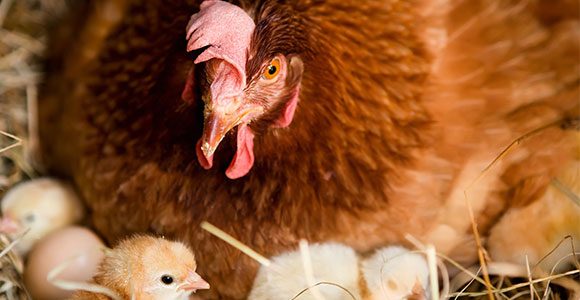Dairy milk is a mother’s milk – made for her calf. For that milk to instead be used to produce commercial dairy products, calves born on dairy farms are forcibly taken away, and many are killed.
At no fault of their own, they have been bred into a commercial industry, where animals are valued in terms of what they produce. Separated from their mothers and confused, some calves try to suckle for food and comfort, turning to the ears, tails and other body parts of fellow calves. Many of them will be killed in the first few days of their life…












